Eduardo Paolozzi at Whitechapel Gallery
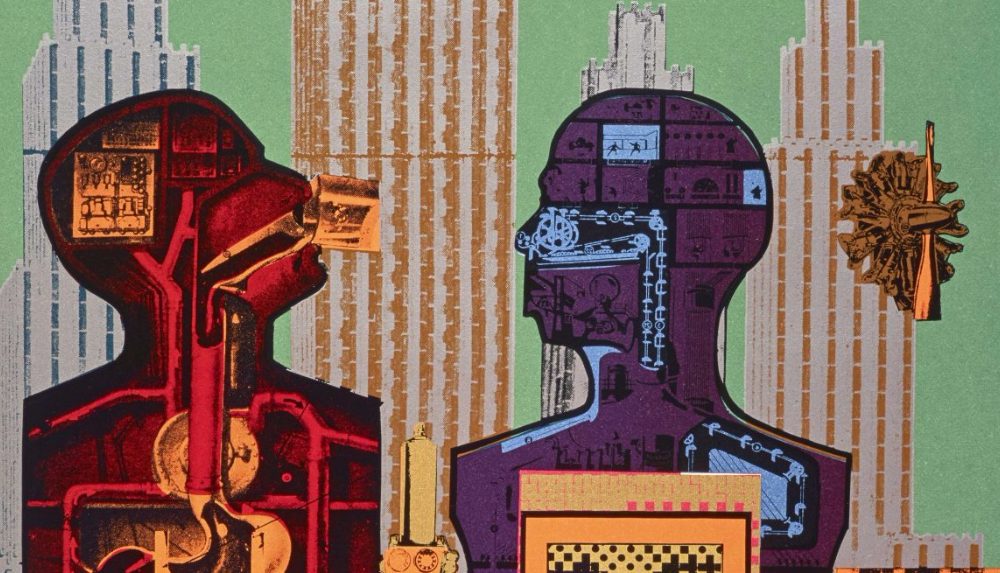
Eduardo Paolozzi is one of the most important British artists of the mid-20th century, but he is often overlooked. This is perhaps because of the diversity of his artistic practice, in which he embraced media as varied as bronze, screenprinting, collage, tapestry and stainless steel. The Whitechapel Gallery draws together all these aspects in its major retrospective dedicated to Paolozzi, but it fails to fully engage the narrative thread that brings them all together.
Born in Scotland to Italian parents, Paolozzi studied fine art in London and Oxford during the Second World War. Through this, he got to know a group of artists who would become the major proponents of British pop art, such as Richard Hamilton.
Paolozzi himself is known as the “godfather of pop art”. The exhibition usefully explains the seminal lecture he did in 1952, where he showed a series of collages where popular culture icons rubbed shoulders with car adverts and science-fiction illustrations. The lecture is widely credited with prompting the adoption of the pop art style among British creatives, which soon spread to the US. However, it is a shame that the display doesn’t have one of Paolozzi’s iconic collages, such as I Was a Rich Man’s Plaything (1947), where the word “pop” was used for the first time.
The exhibition approaches Paolozzi’s career chronologically, which works on the whole. However, there isn’t a great deal of textual or contextual guidance to help the viewer understand his multifaceted practice. In the opening room, bronze sculptures of all sizes are presented alongside prints and sketches, textiles and murals. While this gives a useful overall impression of Paolozzi’s work, the practical result is a degree of visual confusion. Individual creations aren’t given room to breathe, making it hard to focus on one thing at a time.
Paolozzi’s love of bright colours is one aspect that makes his practice stand out and many of his compositions are fun and lively. Particularly striking are two tapestry pieces, where artistry, craft and design sit happily side by side in a way that is representative of the artist’s body of work as a whole.
This retrospective contains some fine examples of Paolozzi’s output and hints at his art’s historical importance. At the same time, it would be helpful for the viewer to receive more visual and textual guidance to help them to understand the multidirectional nature of his career and his continuing relevance today.
Anna Souter
Eduardo Paolozzi is at Whitechapel Gallery from 16th February until 14th May 2017, for further information visit here.


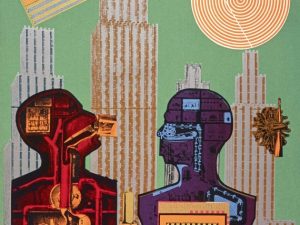
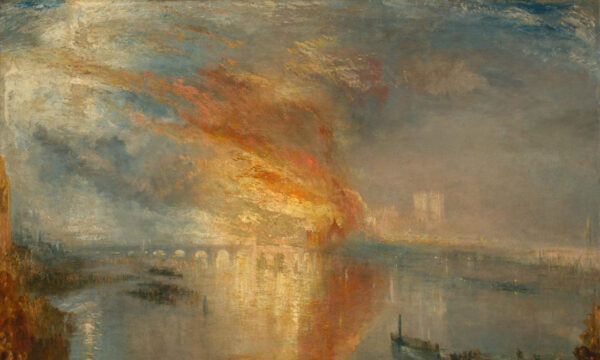
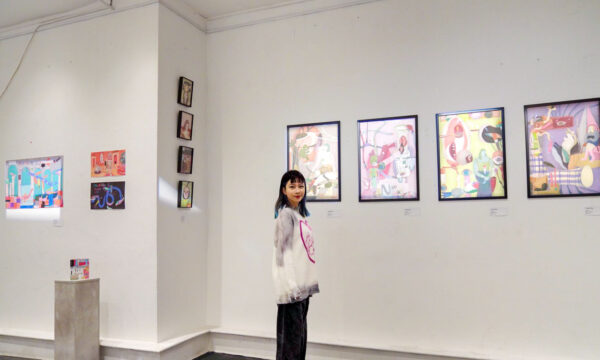
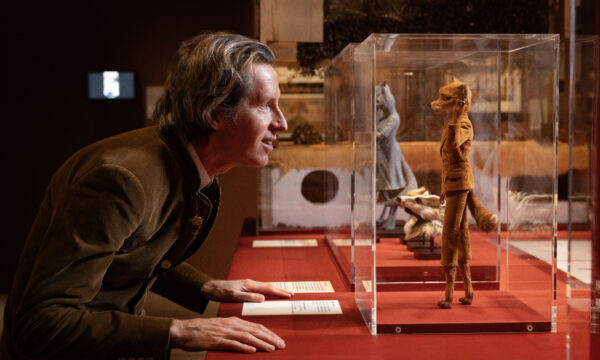
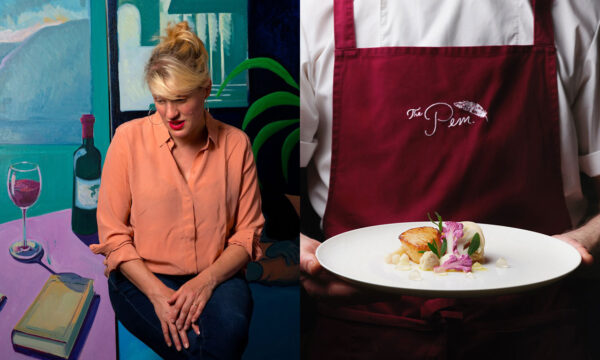
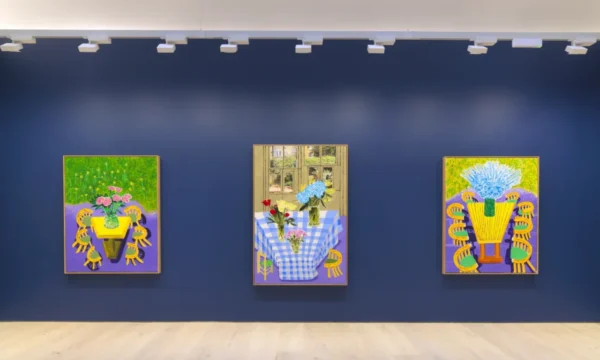
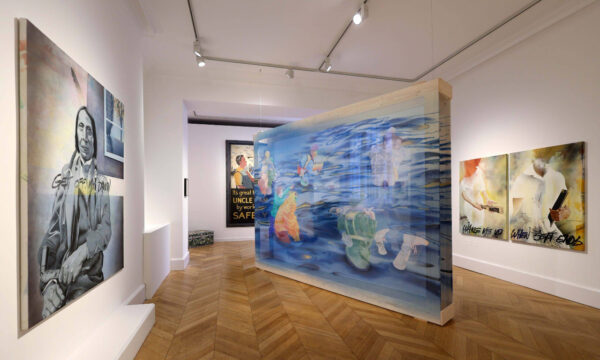
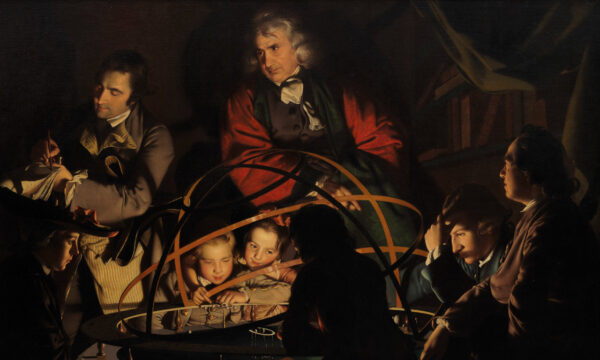
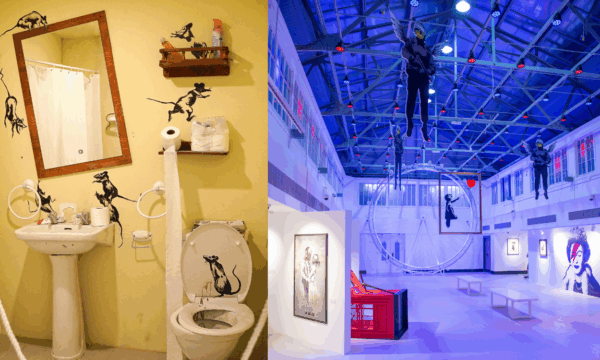
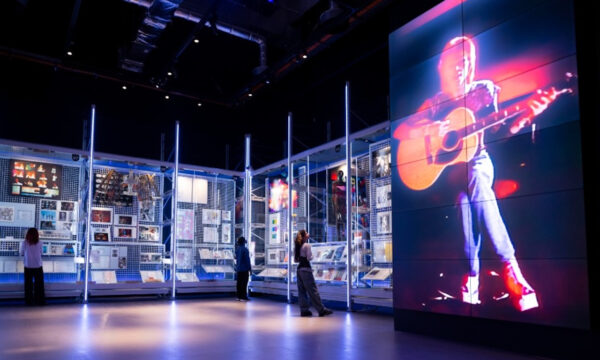


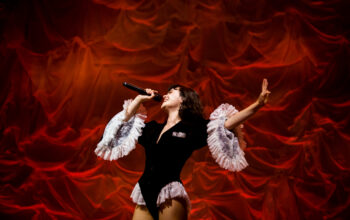


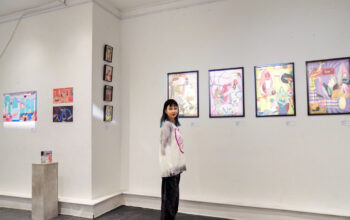
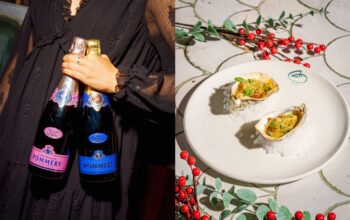

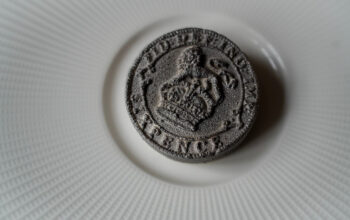




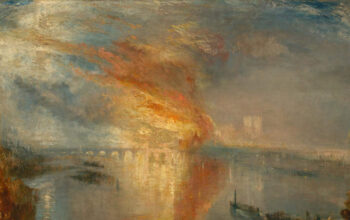
Facebook
Twitter
Instagram
YouTube
RSS